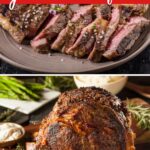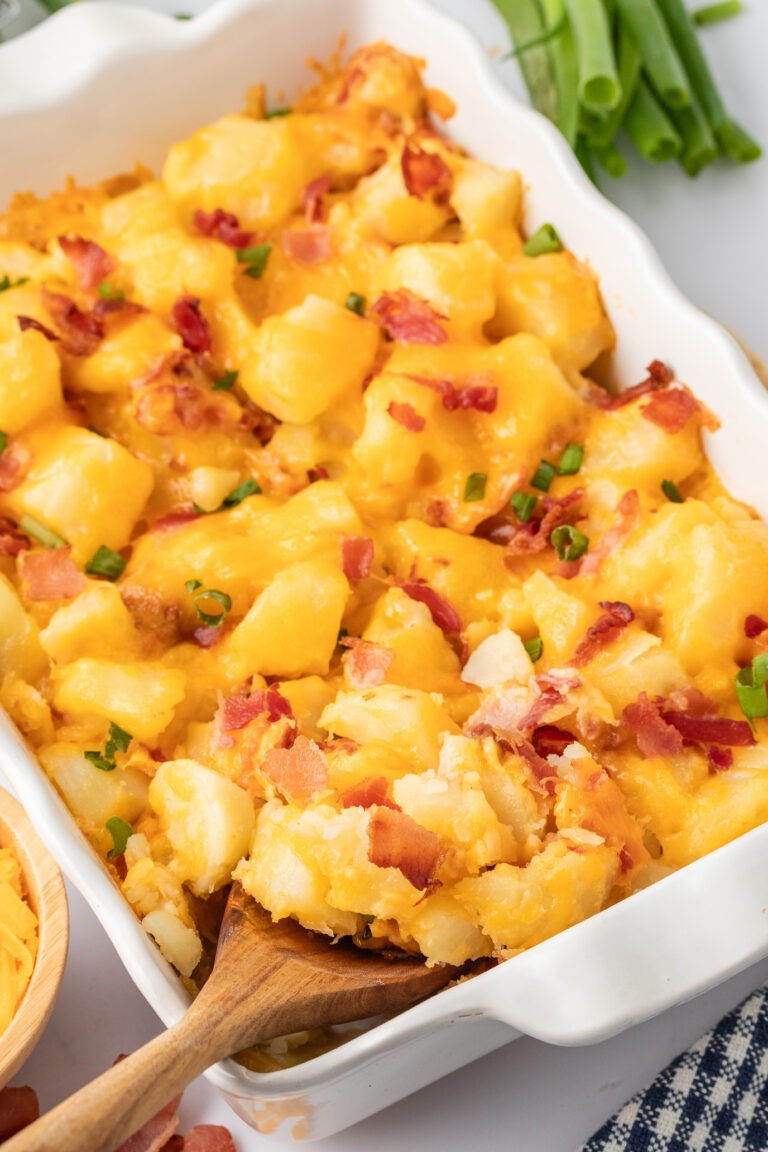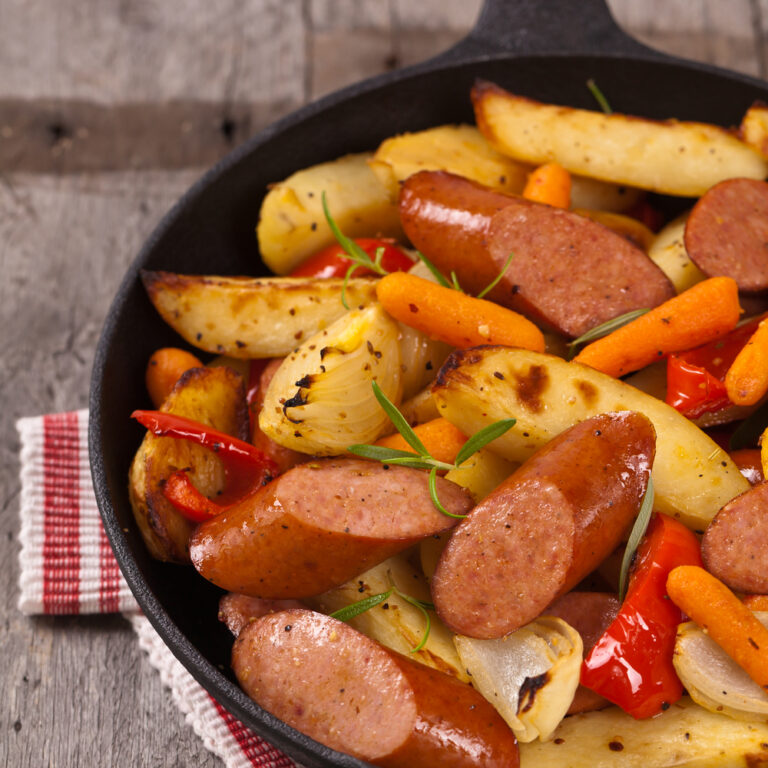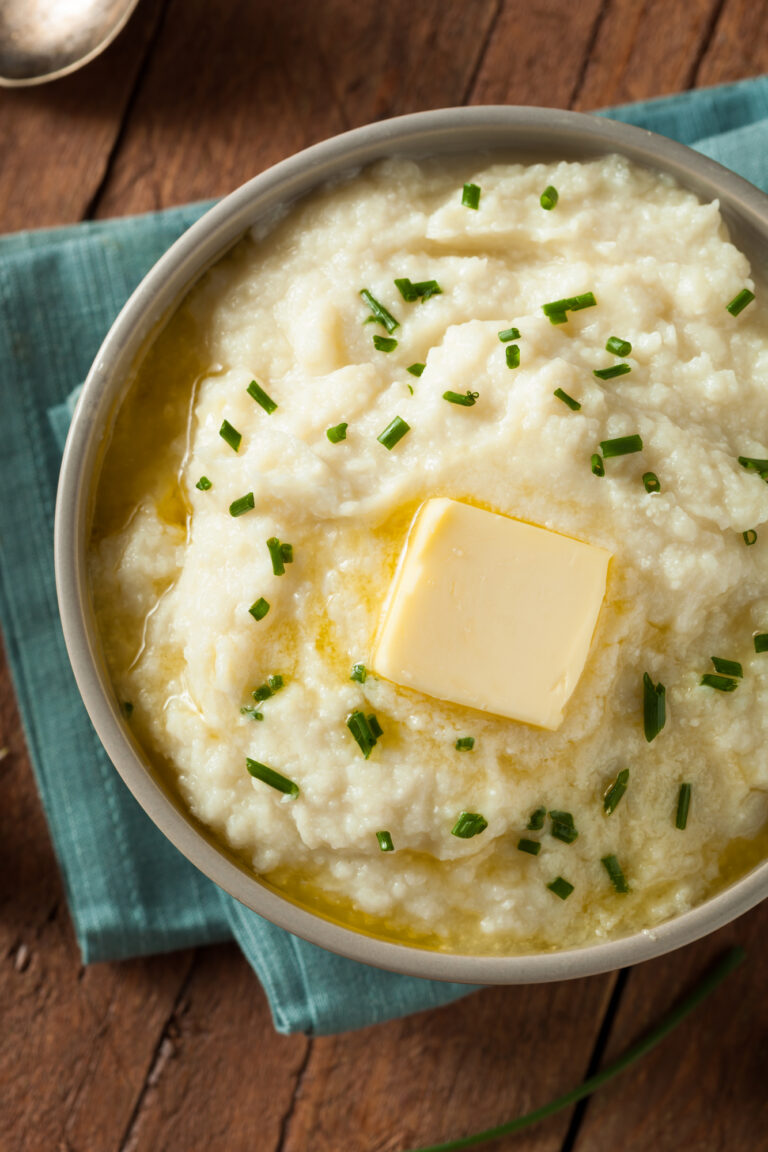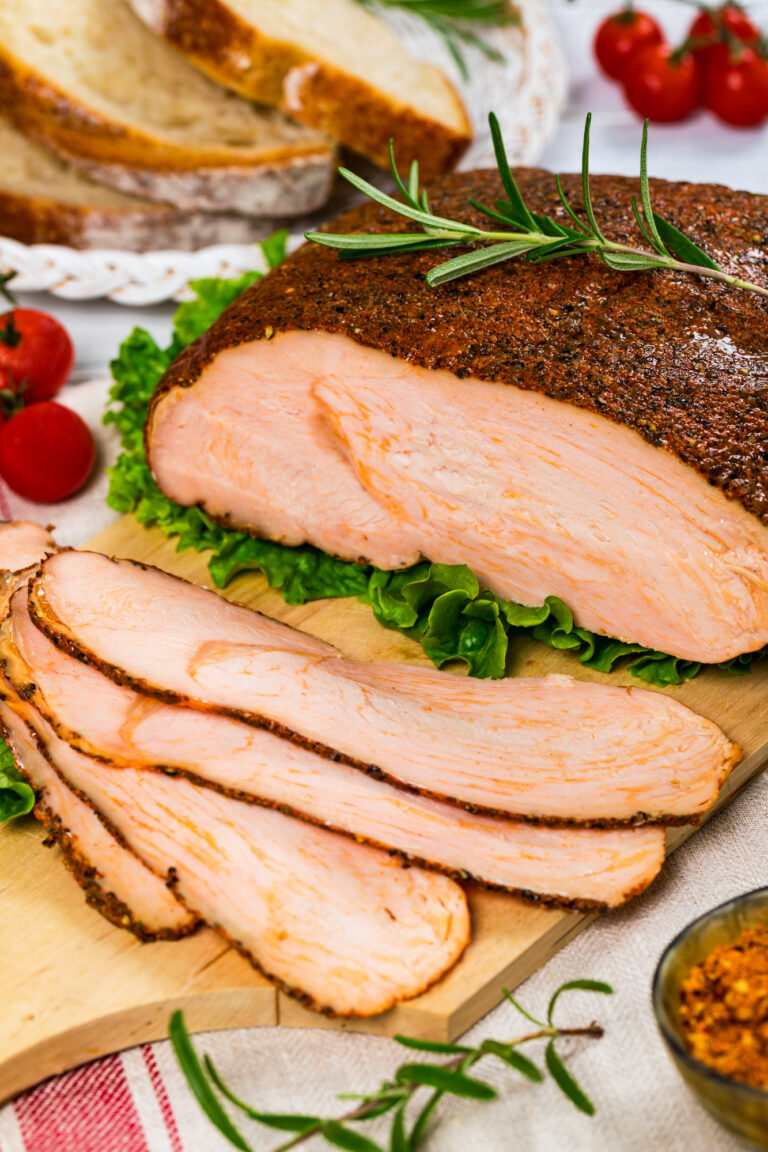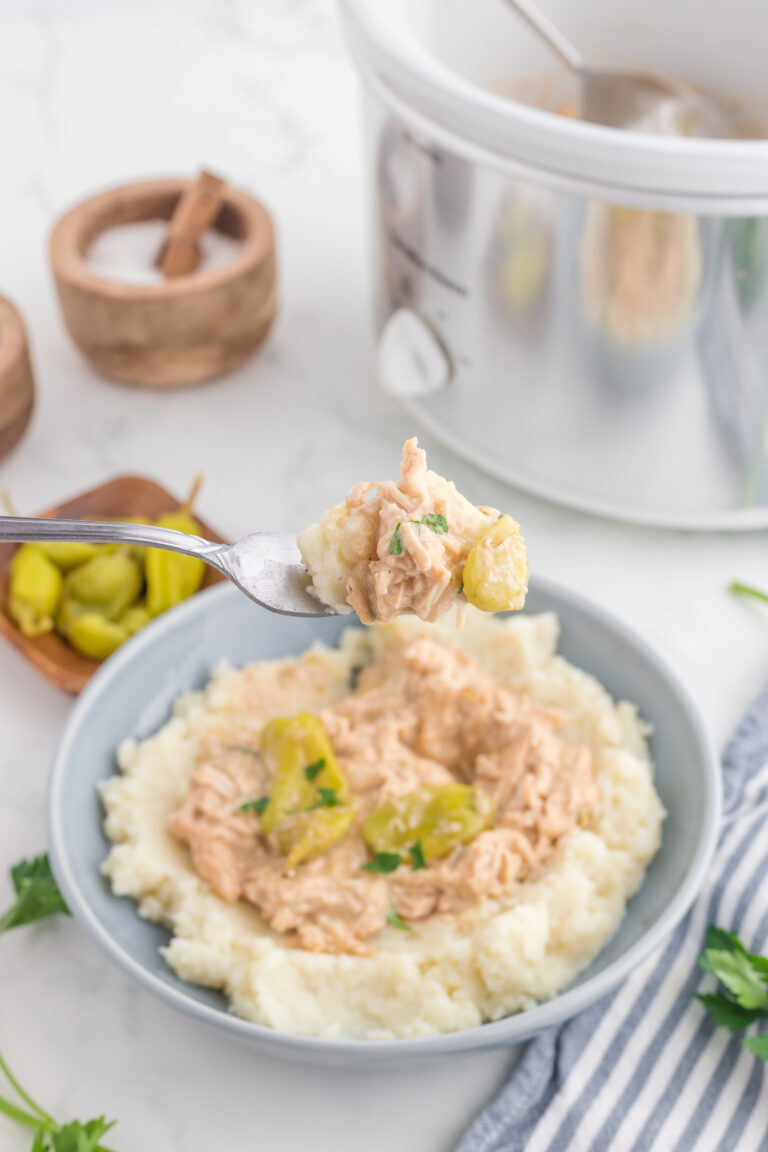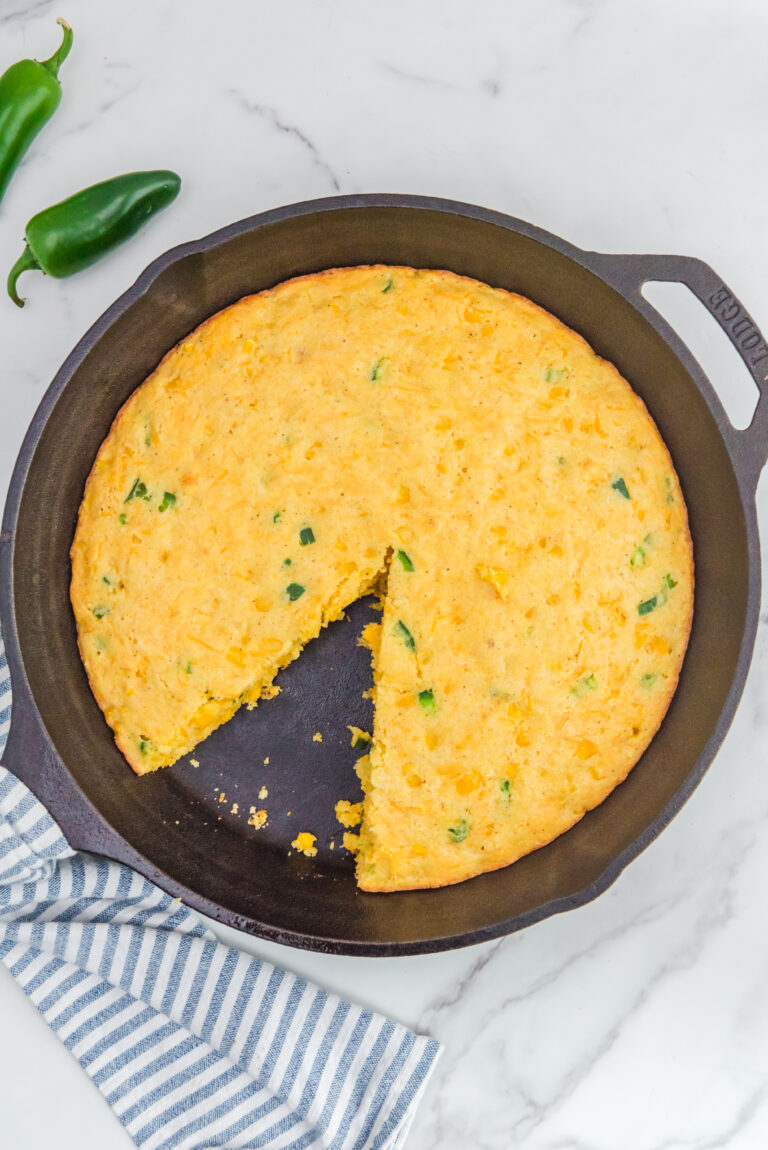Prime Rib vs Rib Eye: Your Guide to Beef Cuts
When you’re standing at the meat section in grocery stores, staring at all the delicious cuts of beef, it’s easy to get confused, especially between prime rib and rib eye. Both come from the cow’s rib section and are renowned for their rich flavor and tender meat. But what’s the main difference between these beloved cuts of beef?
Let’s dive into the differences between prime rib roast (or standing rib roast) and ribeye steak (sometimes called rib steak or beauty steak), exploring their unique characteristics and the best ways to cook them.
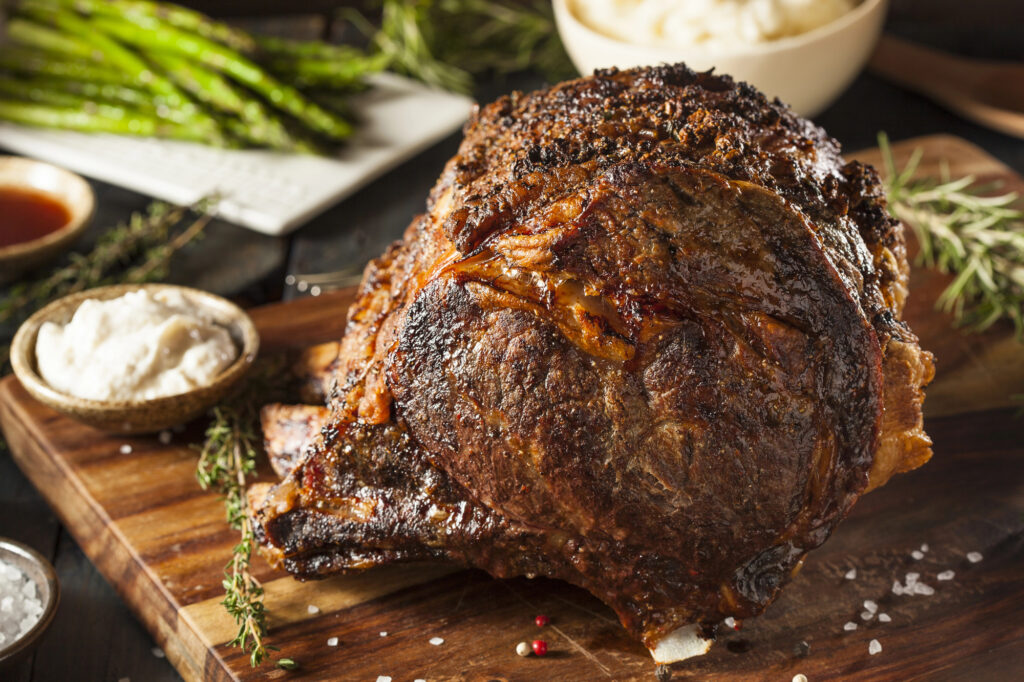
Prime Rib Roast: The Star of Special Occasions
Prime rib, or standing rib roast, is a larger cut from the primal rib section of the cow, typically including the 6th to 12th rib. It’s a large roast that’s perfect for special occasions, such as Christmas or Easter. When you’re choosing prime rib, you might come across terms like “first cut” or “second cut.” The first cut, closer to the loin, is leaner, while the second cut has more fat marbling, adding extra flavor.
Key Difference
One of the key differences between prime rib and ribeye is in the cooking process. Prime rib is usually cooked as a large bone-in roast, often slowly roasted at low heat to achieve a uniform level of doneness throughout the meat. Using a meat thermometer is crucial to monitor the internal temperature, ensuring the meat reaches the perfect point of tenderness without overcooking. Some people prefer a boneless prime rib, but the bone-in roast is known for adding a depth of flavor.
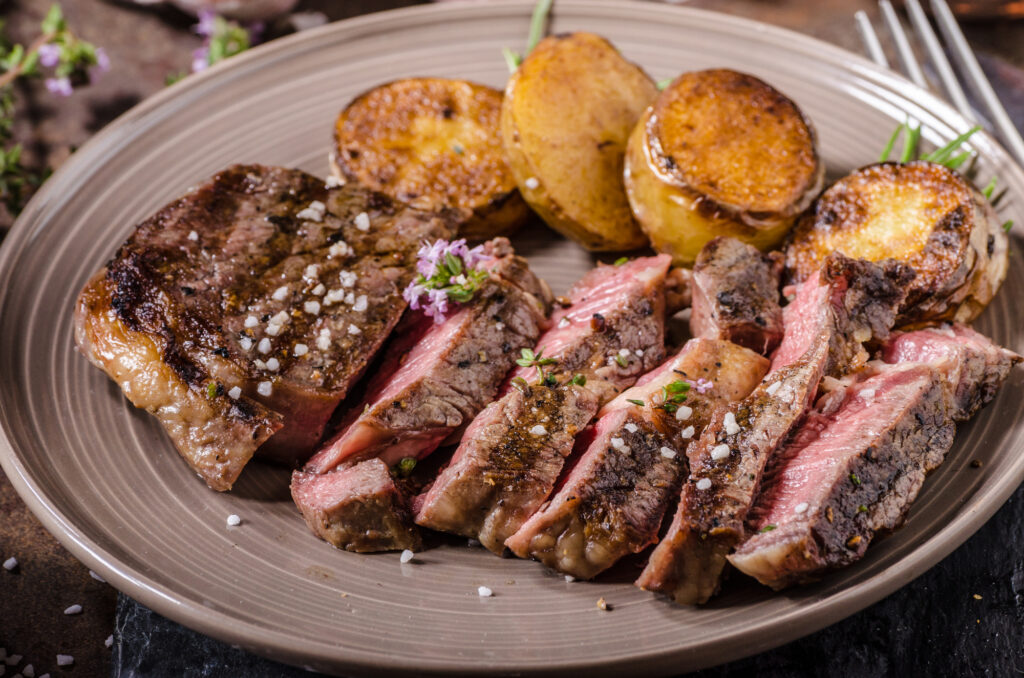
Ribeye Steak: Versatility and Richness in Every Slice
Ribeye steak, on the other hand, is a smaller cut, often cut into individual steaks from either the ribeye roast or as a bone-in ribeye (like the cowboy steak or the grander tomahawk steak). Ribeyes are celebrated for their rich, buttery flavor, thanks to their higher fat content and marbling. This cut comes from the same part of the cow as prime rib, but it’s usually cut into individual portions, making it a popular choice for everyday meals.
The ribeye can be cooked in different ways, from grilling at high heat to pan-searing or even using methods like sous vide for precise temperature control. The heat and speed are the biggest differences in the cooking process between prime rib and ribeye. Ribeyes excel with high temperatures and shorter cooking times, allowing the fat to render and create that mouth-watering, crispy edge.
Cooking Techniques: Low and Slow vs. Fast and Fiery
Let’s talk about cooking these cuts. Prime rib is often roasted at a lower temperature for a longer time. This low and slow method allows the heat to gently break down the connective tissue, resulting in a tender and juicy roast. The reverse sear method is also popular, where the roast is initially cooked at a low temperature and then finished with a blast of high heat for a perfect crust.
Ribeye steaks are more about that quick sear at high temperatures. Whether it’s on a grill or in a skillet, the idea is to cook the steak at a high temperature to develop a rich, caramelized crust while maintaining a tender juiciness on the inside. The exact level of doneness is a matter of personal preference, but whether you like it rare or well-done, a ribeye steak delivers a burst of flavor in every bite.
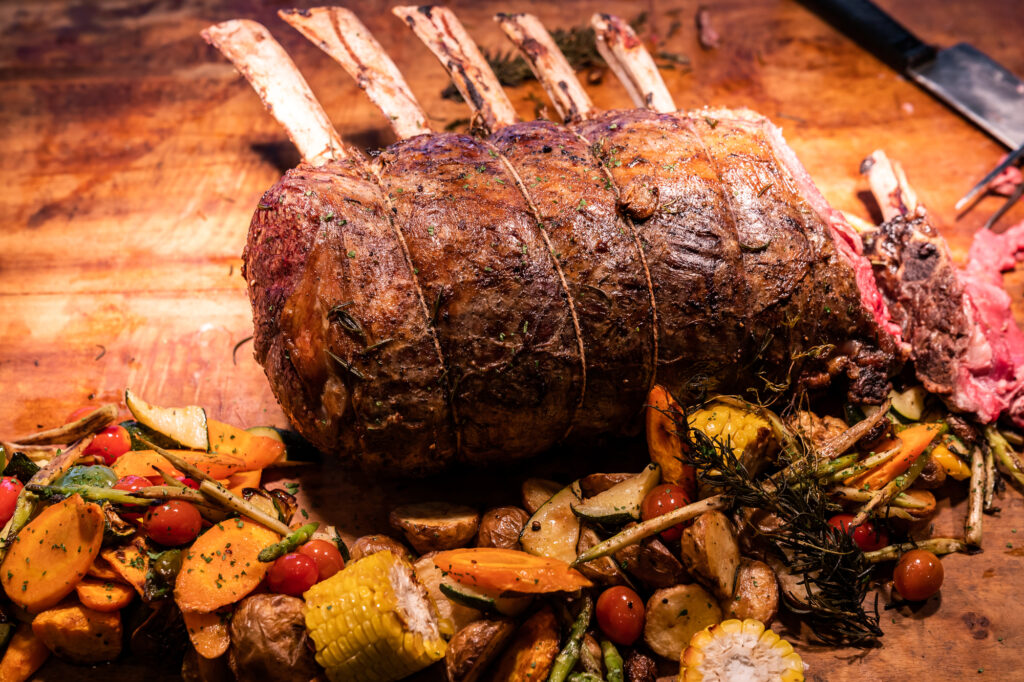
Prime Grade and USDA Prime: The Mark of Quality
When shopping for either prime rib or ribeye, you might notice labels like “prime grade” or “USDA prime.” These labels, issued by the U.S. Department of Agriculture, indicate the beef quality based on factors like marbling and the age of the cow. USDA prime is the highest quality, with abundant marbling, followed by choice and select grades. While prime-grade beef tends to be pricier, it’s often worth it for the extra tenderness and flavor.
Bone-In vs. Boneless: A Matter of Taste
The debate between bone-in and boneless cuts is ongoing. A bone-in ribeye or bone-in roast provides extra flavor and can help the meat cook more evenly due to the bone’s heat conductivity. However, a boneless ribeye or boneless prime rib might be more convenient for cooking and carving. Ultimately, whether you choose bone-in or boneless comes down to personal preference.
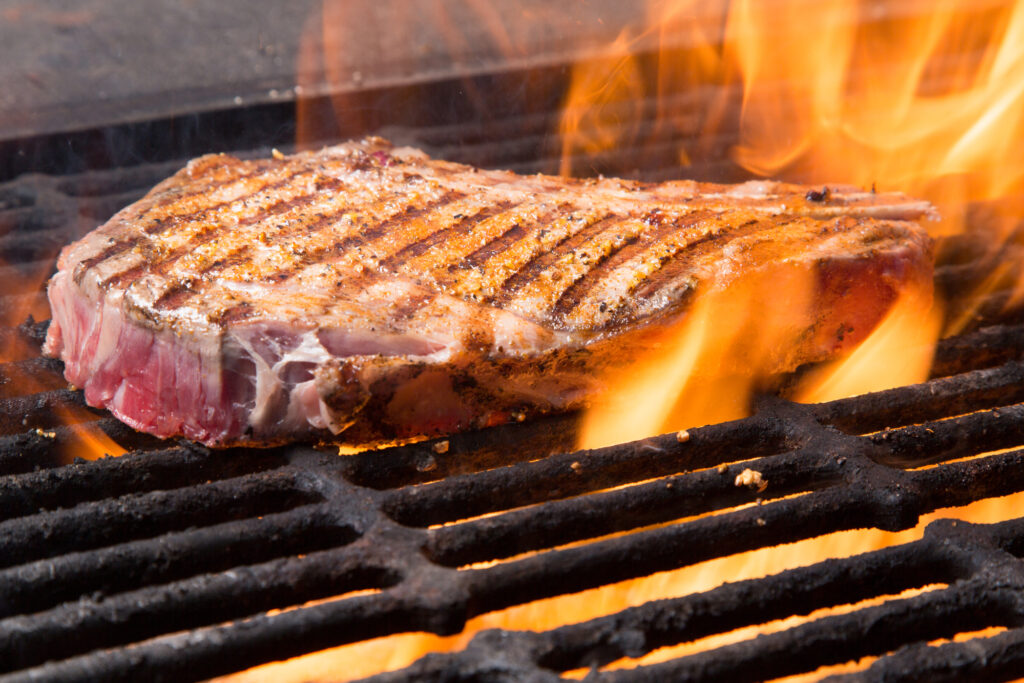
Understanding the Cuts and Summing it Up
- Prime Rib Roast: A large roast with a sizeable portion of the rib section. It’s typically cooked whole and then sliced into individual servings. Perfect for family gatherings and special occasions.
- Ribeye Steak: Cut from the rib section but typically prepared as individual steaks. It’s versatile and suitable for grilling, pan-searing, and other cooking methods.
Unique Characteristics
- Prime Rib: Known for its juicy tenderness and rich flavor. It’s a larger cut that’s often cooked at a lower temperature to maintain even cooking throughout, creating a very tender meat.
- Ribeye Steak: Famous for its rich marbling and buttery flavor. It’s usually cooked quickly at high temperatures for a delicious crust and tender inside.
In conclusion, while prime rib and ribeye come from the same primal rib section of the cow, they offer different experiences. With its larger size and rich flavor, Prime rib is perfect for those special occasions you want to impress. Ribeye, with its versatility and rich marbling, is ideal for a luxurious everyday meal.
Regardless of your choice, both cuts offer a delightful culinary experience and are treasured for their rich flavors and tender textures. The decision between prime rib and ribeye often depends on the occasion, cooking method, and personal preference. Whether it’s a slow-roasted prime rib for a festive dinner or a quickly seared ribeye for a satisfying meal, both cuts will surely delight any meat lover.
